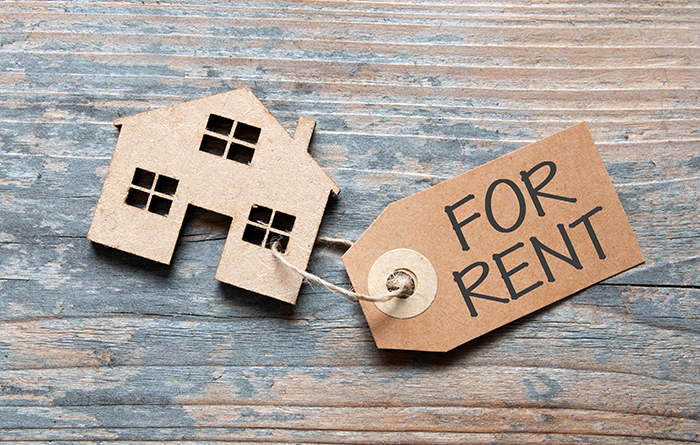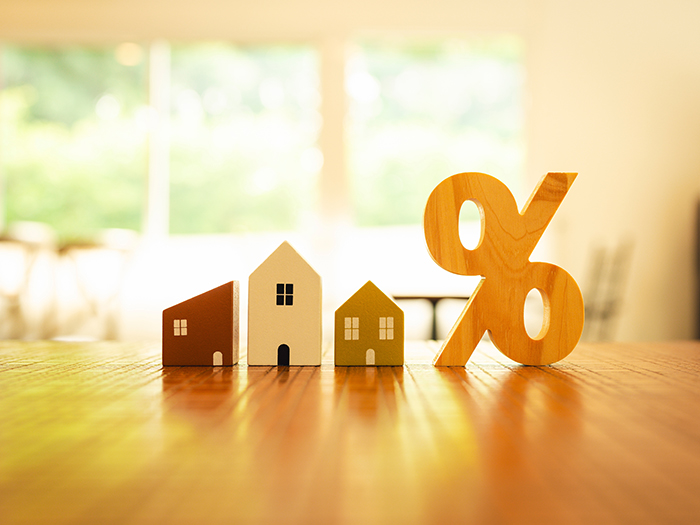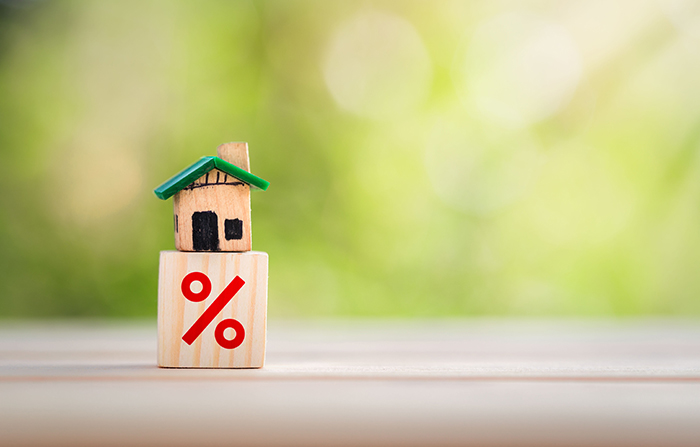
Buy-to-let purchases have remained resilient despite the stamp duty surcharge hike introduced in October’s Budget.
Hamptons monthly lettings index shows landlords bought 10.7% homes sold in Great Britain in the month after this increase, slightly above the 10.2% average over the year.
This comes despite a marked slowdown in rent rises. The index shows that rental growth continued to slow in November, with rents on newly-let properties rising by just 2.6% over the year — the lowest annual increase for four years. The strongest rent rises continued to be in Scotland and the north of England.
However despite these headwinds, Hamptons figures show the impact of the Budget has been limited. At the end of October the Chancellor Rachel Reeves increased the the surcharge on second home purchases from 3% to 5%, with changes implemented overnight.
Hamptons said that the most of the purchases agreed ahead of this change went through. Its figures show that only 28% of sales agreed by investors in the three months running up to the Budget were either renegotiated or remarketed — around half the level recorded during the aftermath of the 2022 mini-budget when mortgage rates rose quickly.
However this tax changes does appear to be influencing landlord behaviour, pushing landlords towards properties in the north of England, where lower purchase prices mean lower stamp duty increases.
Hamptons says that since the introduction of this surcharge, the largest falls in investor purchases have been in the south of England, where high stamp duty bills can make buy-to-let unviable. On an average £500,000 purchase, the stamp duty bill for an investor now stands at £37,500 (7.5%), rising to £40,000 (8.0%) from 1 April 2025.
In contrast, landlord purchases have held up more strongly in northern England, with investors in the North East purchasing a larger proportion of homes than before the introduction of the surcharge in 2016. Here, the average investor paid £115,000 for their buy-to-let, meaning their stamp duty bill would have risen from £3,450 to £5,750.
Hamptons said a growing share of buy-to-let purchases in the north are by investors who live in the south of England and have been attracted by lower stamp duty bills alongside higher yields and faster house price growth over the last few years.
The average gross yield achieved on a buy-to-let purchase in the North East this year was 9.7%, significantly higher than the average 5.7% yield achieved in London.
In Scotland, where the stamp duty surcharge rose from 6% to 8% on 5 December 2024, revenue from investors and second home buyers accounted for an average of 31% of total stamp duty revenue during 2024 (January-October 2024).Hamptons says its figures show that investors purchased 5.8% of homes in Scotland so far this year, down from 10.3% when the initial stamp duty surcharge was introduced.
Meanwhile, in England, the share of revenue from investors and second home buyers stands at 47% (January-September 2024).
Rental growth
Hamptons figures show that while rent rising are slowing they have shown a 2.6% increase year on year.
The fastest growth continues to be in Scotland and Northern England, where rents are up 7.2% and 5.7%, respectively, over the last 12 months – helping contribute to better yields in these areas.
London rents nudged up just 0.4% over the last 12 months, the slowest growth in the country. The rest of Southern England saw rents rise by between 1.8% and 2.9% over the last year.
The number of homes available to rent across Great Britain this year has remained above last year’s levels — which is contributing to the downward pressure on rental growth.
Hamptons says there are currently 13% more homes to rent across Great Britain than in November 2023, when stock levels were near rock bottom.
More notably, there were just 10% fewer rental homes on the market last month than in November 2019 when rental stock levels were last materially higher. In 2023 stock levels ran at an average of 41% below equivalent 2019 levels.
Hamptons head of research Aneisha Beveridge says: “Early signs suggest that new landlords have shown relative resilience to yet another cost increase. While the number of buy-to-let purchases by landlords remains muted by historic levels, their numbers have not collapsed.
“However, purchases are confined to the Midlands and Northern England which are becoming buy-to-let heartlands where the surcharge bites slightly less hard.
“While no landlord will welcome a tax rise, falling interest rates next year will likely push buy-to-let returns to near the top of investment league tables. With savings rates heading closer to 3%, gross yields in Northern England of above 8% will increasingly attract money that would previously have gone elsewhere.
Beveridge adds: “While political headwinds haven’t gone away, these risks and added costs are increasingly being priced into buy-to-let returns in the form of higher yields.
“After an unprecedented four-year boom, rental growth for newly let properties has slowed to a crawl. The current level of growth is similar to pre-covid times when rents typically rose between 2% and 3% a year.
“However, the forces that pushed up rents haven’t entirely gone away. Tenants renewing contracts continue to see increases well above these levels, but the pace of these increases will slow as their rents climb closer to market rates.”



